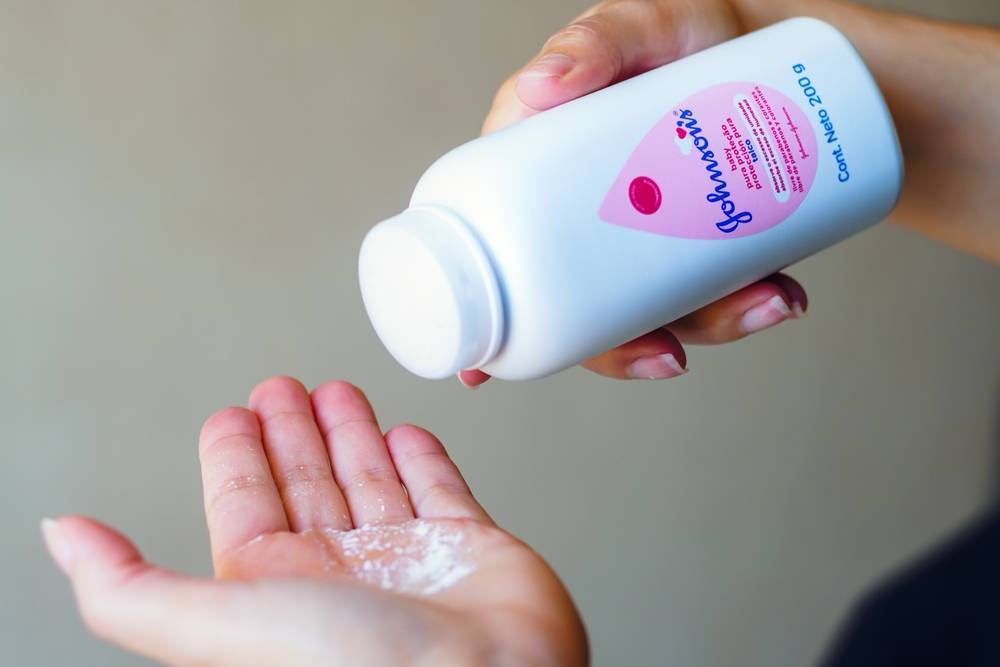A California jury has ordered Johnson & Johnson (J&J) to pay US$18.8 million to Emory Hernandez Valadez, who claimed he developed mesothelioma, a deadly cancer, from long-term exposure to the company’s talc-based baby powder.
This ruling marks a significant setback for J&J as it grapples with thousands of comparable cases in the US bankruptcy court.
The Story Unfolds
Hernandez Valadez, aged 24, initiated the lawsuit last year, alleging he contracted mesothelioma due to continuous exposure to J&J’s baby powder since his childhood. His mother, Anna Camacho, attested to using copious amounts of the product on her son from infancy through childhood. Despite the compelling ruling, Hernandez will not collect the judgment anytime soon due to a bankruptcy court order freezing most litigation over J&J’s talc.
The Company’s Stance
J&J has consistently denied allegations that its talc products contain asbestos, a substance directly linked to mesothelioma, or cause cancer. The company’s lawyers argued a lack of concrete evidence linking Hernandez’s mesothelioma to asbestos or proving his exposure to contaminated talc. However, critics, including Hernandez’s lawyers, accuse J&J of a “despicable” cover-up of asbestos contamination spanning decades.
The Wider Impact
Thousands of plaintiffs have sued J&J. They claim their baby powder and other talc products occasionally contained asbestos and caused ovarian cancer and mesothelioma. While most litigation has been suspended during bankruptcy proceedings, Hernandez’s case was allowed to proceed due to his terminal diagnosis.
Understanding Mesothelioma
Mesothelioma is a rare, aggressive form of cancer primarily caused by inhalation or ingestion of asbestos fibres. It develops in the thin layer of tissue (mesothelium) that covers most of your internal organs. In Hernandez’s case, the cancer developed in the tissue around his heart, a sporadic form of the disease.
The Medical Aspect
Mesothelioma often shows no symptoms until the disease is in advanced stages. This delay in diagnosis makes it challenging to treat effectively. Symptoms vary depending on where the cancer occurs. In pleural mesothelioma (lungs), symptoms include chest pain, painful coughing, shortness of breath, and unusual lumps of tissue under the skin on your chest. However, in pericardial mesothelioma (heart), symptoms can include heart palpitations or irregular heartbeat, chest pain, and fatigue.
The Asbestos Connection
Asbestos is a group of naturally occurring fibrous minerals used in numerous manufactured goods due to their resistance to heat and corrosion. However, when asbestos is broken or disturbed, it can release microscopic fibres into the air. If inhaled or ingested, these fibres can get trapped in the body and cause inflammation, and scarring, and eventually lead to the development of mesothelioma. The latency period between exposure and disease onset can range from 20 to 60 years.
While the usage of asbestos has significantly declined worldwide, certain regions in Asia have seen slower progress in asbestos control, leaving populations vulnerable to asbestos-related diseases such as mesothelioma.
Moving Forward
J&J continues to deny the presence of asbestos in its talc products and the link to mesothelioma. However, the verdict in Hernandez’s case may potentially sway future litigation against the company. It underscores the pressing need for robust consumer protection measures and rigorous product testing in the cosmetics industry. This is especially so concerning carcinogenic contaminants. These legal and medical perspectives serve as a vital reminder of the importance of ensuring product safety and the long-term health implications of widespread consumer product use.
.

